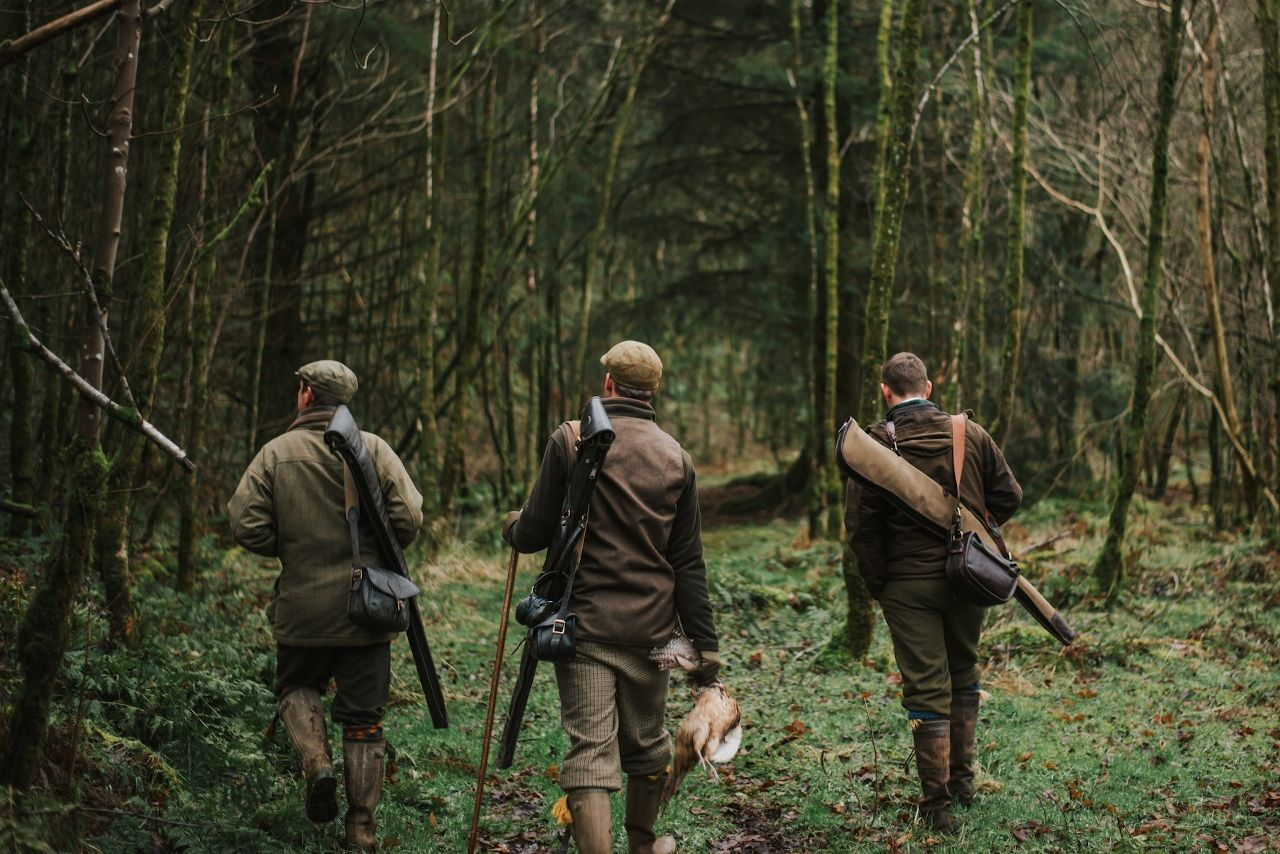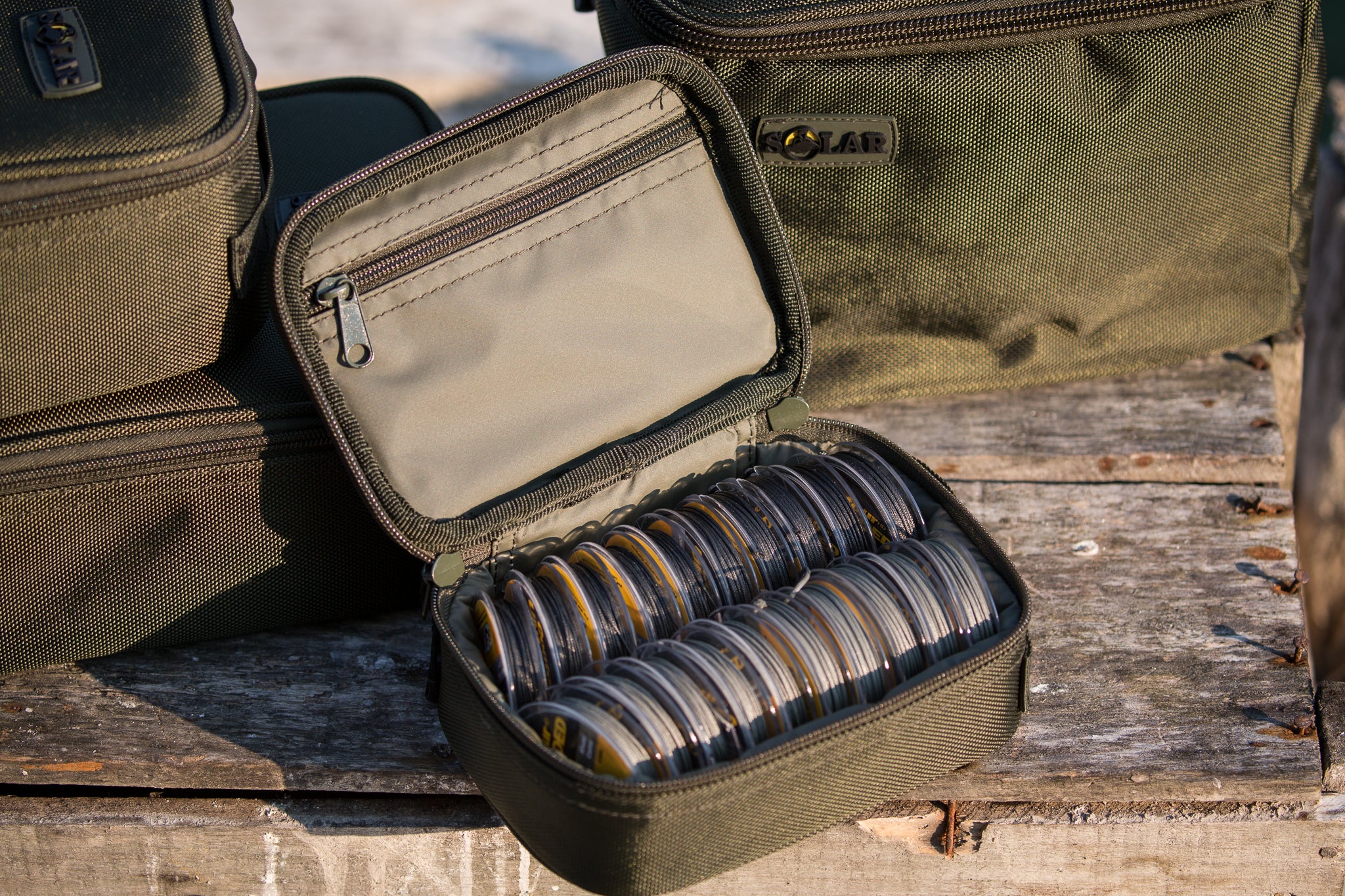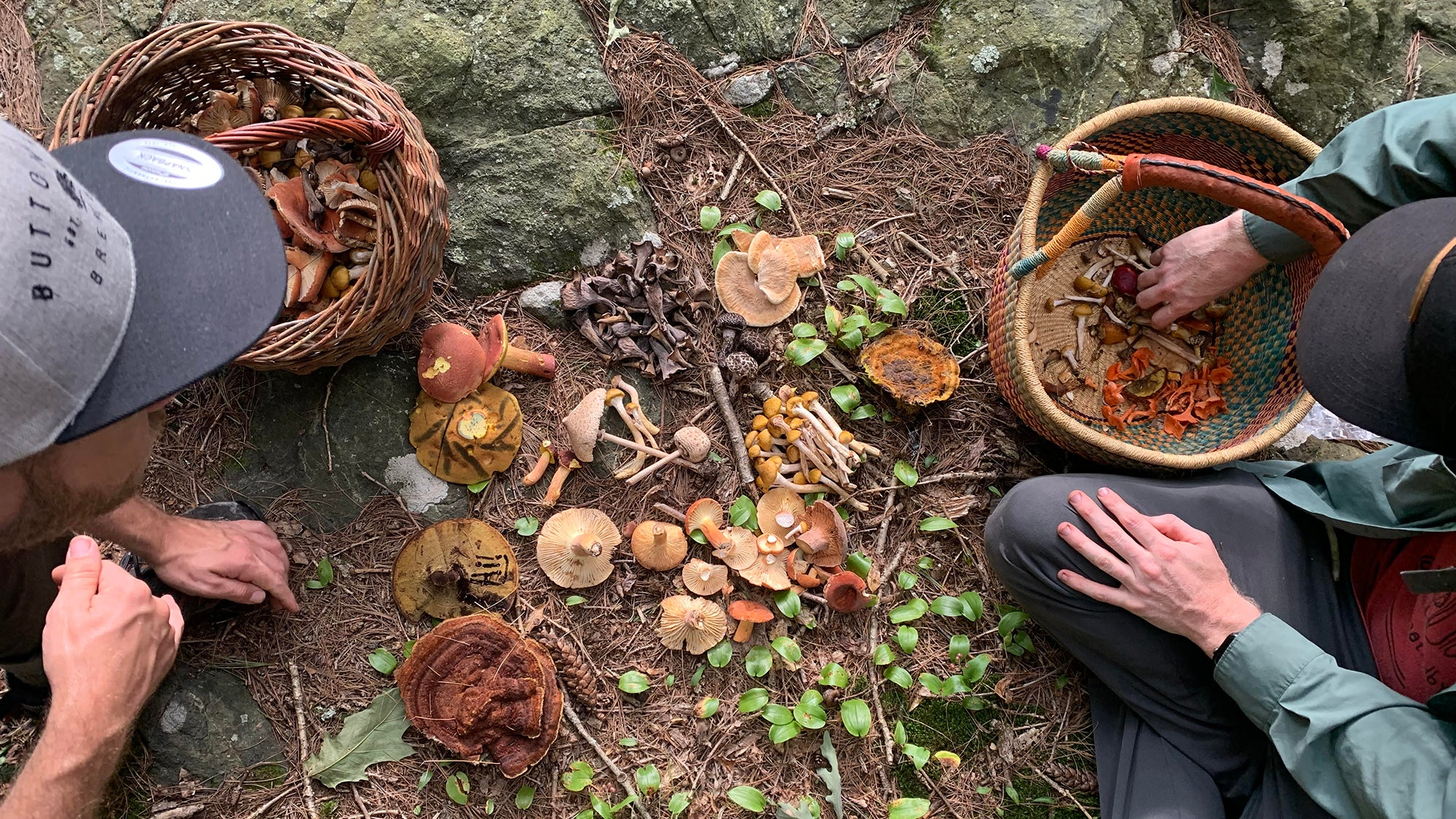How to Fish Responsibly: A Practical Guide to Sustainable Angling?
Fishing isn’t just a sport or a pastime—it’s a direct interaction with nature. And with growing awareness about environmental impact, responsible fishing is more important than ever. Whether you’re a weekend angler or a seasoned pro, practicing sustainable fishing helps preserve fish populations and aquatic ecosystems for generations to come.
How to Fish Responsibly: A Practical Guide to Sustainable Angling?
Why Responsible Fishing Matters?
Overfishing, habitat destruction, and pollution are threatening global fish stocks. Recreational anglers may think their impact is minimal, but when multiplied by millions, even small choices matter. Sustainable angling ensures:
-
Healthy fish populations
-
Balanced aquatic ecosystems
-
Continued access to fishing spots
-
Legal and ethical practices
1. Know the Local Regulations
Every region has its own rules about fishing seasons, size limits, and bag limits. These laws are designed to protect vulnerable species and allow fish to reproduce.
Always check for:
-
Seasonal closures
-
Catch-and-release mandates
-
Restricted gear zones
-
Daily possession limits
Failing to follow these regulations doesn’t just risk fines—it can also cause long-term damage to fish populations.
2. Use Barbless Hooks When Practicing Catch & Release
Catch-and-release is a great conservation method—when done correctly. Barbless hooks cause less injury, making it easier to release fish with minimal harm.
Best practices:
-
Wet your hands before handling fish
-
Minimize air exposure
-
Avoid squeezing or dropping the fish
-
Revive the fish gently in water before letting it go

3. Choose Eco-Friendly Tackle
Lost fishing lines, lead sinkers, and plastic lures can harm wildlife and pollute waters. Today, there are sustainable alternatives like:
-
Biodegradable lures
-
Non-lead sinkers (e.g., tin, bismuth, tungsten)
-
Recyclable or reusable tackle kits
Pro tip: Pack out everything you bring in—including used lines, bait containers, and trash.
4. Target Abundant Species
Avoid fishing for species that are overfished or endangered. Instead, focus on local, well-managed, and abundant species. These vary by location, so research your area or consult with local fisheries.
Example:
In the U.S., species like largemouth bass, crappie, and bluegill are generally safe bets for responsible anglers.
5. Respect the Habitat
Whether you’re fishing from a boat, shore, or dock, it’s important not to disturb the ecosystem.
Don’t:
-
Trample sensitive vegetation
-
Anchor on coral reefs
-
Dump bait or chemicals into the water
-
Feed wildlife
Do:
-
Stay on designated trails
-
Use fish-friendly nets
-
Keep noise and disruption to a minimum
6. Educate Others
The fishing community thrives when knowledge is shared. Teach younger anglers and peers about sustainable techniques. Promote catch limits, ethical practices, and respect for nature.
Final Thoughts
Responsible fishing is more than a set of rules—it’s a mindset that blends passion for the outdoors with respect for nature. By adjusting your habits, choosing the right gear, and staying informed, you can enjoy fishing while ensuring that lakes, rivers, and oceans remain vibrant for the future.
Remember: Sustainable angling isn’t about catching less—it’s about catching smart.























